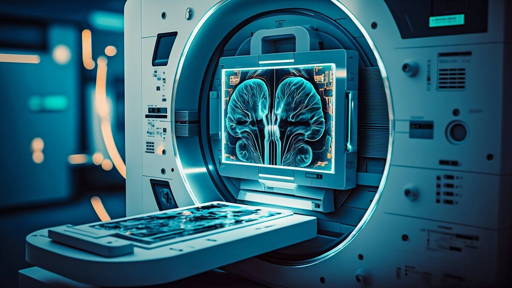From the patient's point of view, the symbol of dentistry development is the dental unit – composed of a dental chair and tools like an ultrasonic scaler, dental handpieces, a control panel for the chair, and a suction machine, etc. There is also a screen on which the patient can view X-rays or the result of a dental implant procedure. Oral technologies entered homes: Smart toothbrushes monitor users' habits and teeth-brushing precision. Data is sent to a mobile app, where the user can check, for example, which areas of the mouth need more attention.
High-resolution digital X-ray technology with decreased exposure to radiation and cone beam tomography, allowing for a three-dimensional image of the entire jaw, is also rapidly developing. The intraoral scanner displaces the unpleasant dental experience during orthodontic and prosthetic treatment, creating a precise digital image. Lasers are used to treat gum diseases and teeth whitening. CAD/CAM designing technologies facilitate the manufacturing perfectly fitted dental fillings such as crowns and bridges.
Remote dentistry, 3D printing, AI, and VR
Although it would be hard to perform dental treatment remotely, teledentistry can be applied to assess teeth condition, diagnose teeth and gum diseases early, and monitor the treatment process. Almost everybody already has a device required for teledentistry – a smartphone with a camera. Dental laboratories use 3D printers to manufacture prosthetics, orthodontic models, and implants. AI systems compute the odds of success for complex procedures, such as apicectomy, and design personalized treatment plans.
Virtual and augmented reality helps educate patients and simulate procedure results in cosmetic dentistry. It can also be used to divert the patient's attention during procedures, especially if the patient has dentophobia, which is a fear of dental treatments.
In 2023, there are still no robots in dental offices. Why?
5 September 2023

AI
News







